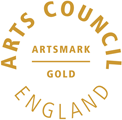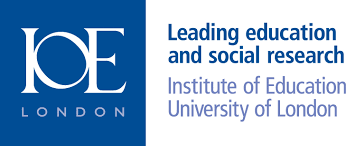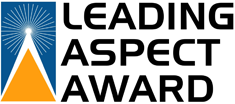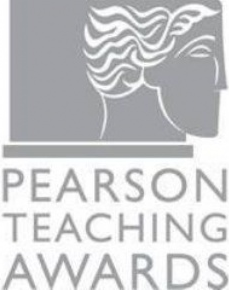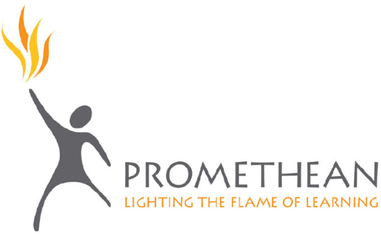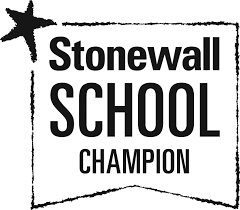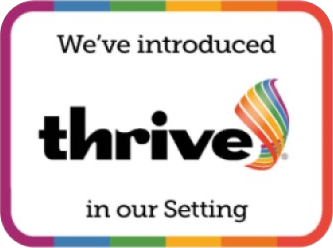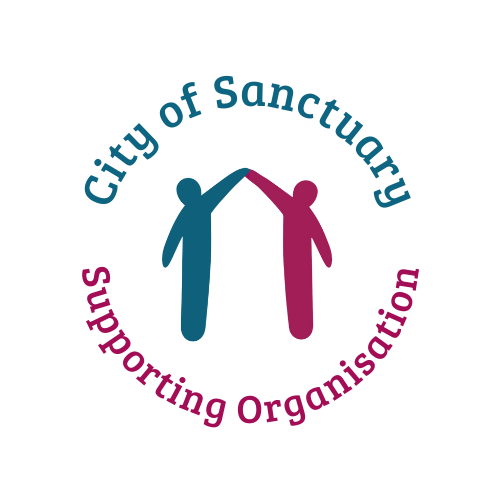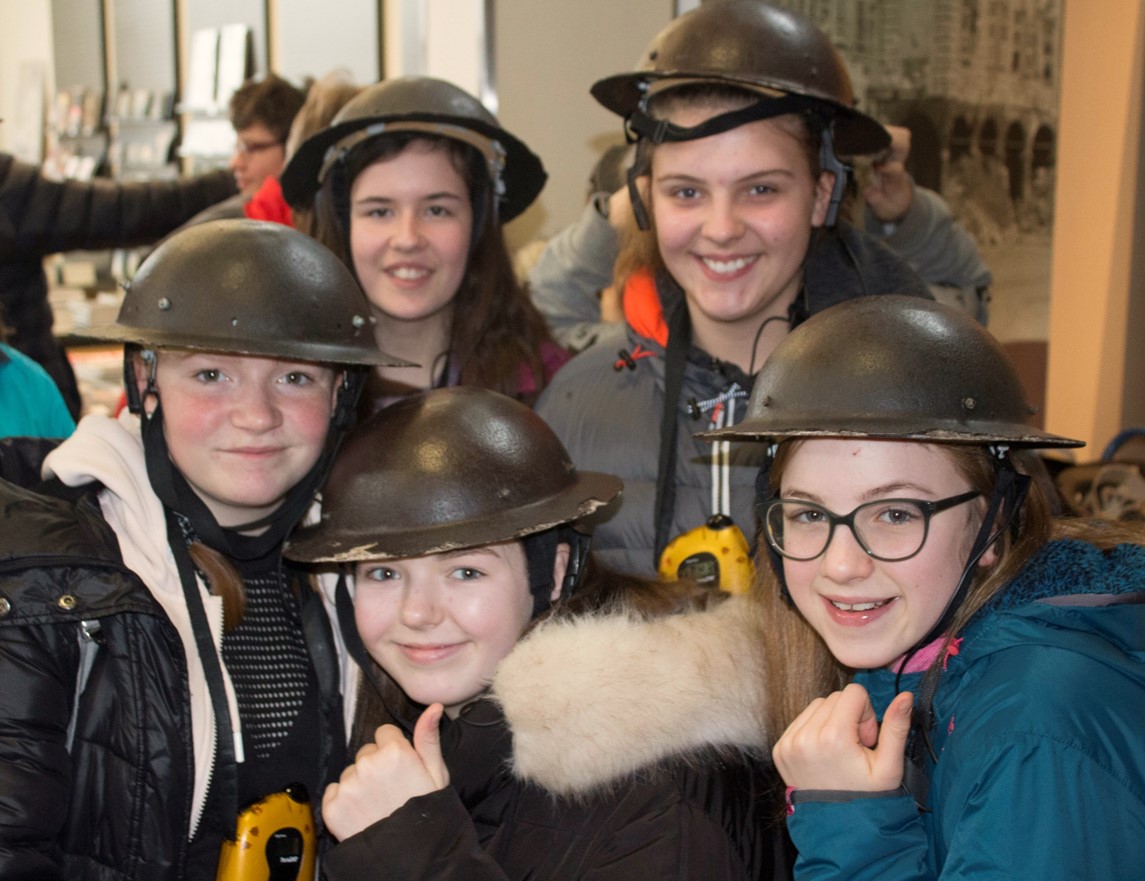 History:
History:
Subject Information Overview
Below is a visual overview of the content available on this page. Click the appropriate title to view the relevant section
Curriculum
Area Staff Curriculum
InformationCurriculum
OverviewExam information for GCSE
qualifications in this Subject AreaKnowledge
Organisers
Curriculum Area Staff
|
Jack Anderson (CAL History) |
Jess Haythorne |
Should you require more information about this subject area please contact:
Name: Mr J Anderson
Position: Curriculum Area Leader
Email: jan@selbyhigh.co.uk
Curriculum Information
Through the history curriculum at Selby High school we allow students to develop a coherent and comprehensive understanding of some of the key historical events of both Britain and the wider world. This knowledge can inspire students to pursue a deeper understanding of the past. Through history we equip students with the necessary skills to pose perceptive questions, critically analyse evidence, evaluate arguments, and develop informed perspectives and judgments. By studying history, students can gain an appreciation of the intricacy of human existence, the dynamics of change, the diversity of cultures, and the interconnections between different social groups. Moreover, history provides students with insight into their own identity and the challenges they face in their contemporary context.
Our curriculum is designed around enquiry questions to ensure all pupils can identify and understand major events, changes and developments in British, European and World history. We cover a range of time periods, themes and ideas that allow students to investigate and communicate their understanding of cultural, ethnic and religious diversity. The curriculum intent for history is centered around developing students' historical skills, which are entwined throughout the curriculum. Pupils will engage with a wide range of sources, including primary and secondary sources, and will learn how to make inferences and evaluate their utility. Through historical interpretation, students will develop the ability to understand, support, challenge, and create their own interpretation of historical events. This approach will encourage critical thinking and provide students with the skills necessary to become active and engaged citizens who can analyse and understand the complexities of our world.
Topics covered in the curriculum include:
- the impact of the Norman invasion
- connections between medieval countries around the world
- revolutions in industry and society in the 18th and 19th centuries in Britain and around the world
- the impact and legacy of the British Empire
- WWI and WWII (including the Holocaust)
History is taught in broadly chronological order with lessons based on second order concepts such as change and continuity, historical significance, cause and consequence, historical interpretations, similarity and difference and sources.
By engaging with a range of historical narratives, students are encouraged to appreciate their place in the world. Content is chosen that reflects local, national and international issues and concerns. For example, through studying the history of 19th century Selby students are able to see the impact of migration and movement of people, the growth of industry, and the response to the poor. Pupils are taught to describe, analyse and explain sources of information including texts, pictures and artefacts. They are encouraged to think about how the past is interpreted using the work of historians, as well as develop their own ideas about significant historical events and people.
CURRICULUM OVERVIEW
Below is a summary overview of the topics and their content that will be studied in each term by each year group. For more information about each topic, get your child to visit learning journeys and resources on the school online learning platform - Ready Steady Learn.
| Year Group | Term 1 | Term 2 | Term 3 | Term 4 | Term 5 | Term 6 |
| 7 |
What is History (knowledge prehistory to 1066 and key concepts and skills) |
Who had control Middle Ages? Development of Church, state and society in Britain 1066-1509 |
Wider-world study: |
Who had control Middle Ages? Development of Church, state and society in Britain 1066-1509 How did life in Medieval York & Baghdad compare? |
How did our world view change? Development of Church, state and society in Britain 1509-1745 |
How did our world view change? Development of Church, state and society in Britain 1509-1745 |
| Assessment details |
Cause and consequence / sources |
Change and Continuity |
Similarity/Difference & Interpretation Google forms assessment |
Assessment Point 2 - The Angevins & the Silk Roads Significance |
Change and Continuity |
Interpretation Assessment Point 3 - The Tudors |
| 8 |
How did our world view change? Development of Church, state and society in Britain 1509-1745 |
Ideas, political power, industry and empire; Britain 1745-1901
|
Wider-world Study |
Ideas, political power, industry and empire: Britain, 1745-1901 What is the legacy of Britain in Africa? - Why did Britain become involved in Africa? |
Ideas, political power, industry and empire: Britain, 1745-1901 |
Challenges for Britain, Europe and the wider world 1901 to the present day
Why did men sign up for the First World War? |
| Assessment details |
Change/continuity Assessment P1 - 17th Century - A world turned upside down? |
Similarity / Difference & Interpretation Google Forms Assessment
|
Significance |
Similarity / Difference Mini-assessment - A comparison of Indian & Ireland |
Causation / Consequence
|
Causaton |
| 9 |
Challenges for Britain, Europe and the wider world 1901 to the present day
The First World War What was the Schleiffen Plan? |
Challenges for Britain, Europe and the wider world 1901 to the present day
The First World War - Medical advancements during the First World War
The Second World War - 1939-45 How did the Second World War affect morale in Britain? The Treaty of Versailes
|
Challenges for Britain, Europe and the wider world 1901 to the present day |
Challenges for Britain, Europe and the wider world 1901 to the present day |
Challenges for Britain, Europe and the wider world 1901 to the present day |
Challenges for Britain, Europe and the wider world 1901 to the present day - Who were the Plains Indians? |
| Assessment details |
Causation / Consequence |
Source utility |
Significance
|
Significance |
Causation / Consequence Assessment P3 |
|
| 10 |
Elizabethan England - 1558-88
KT1 - Queen, Government & Religion
KT2 - Plots & Revolts at Home
|
KT2 - Plots & Revolts at Home - War in the Netherlands
KT3 - Elizabethan Society in the Age of Exploration - Elizabethan education
|
Medicine in Britain 1250-Present
Medieval Medicine - 1250-1500
The Medical Renaissance in Britain
|
Medicine in the 18th & 19th Centuries
Modern Medicine - 1900-Present - Causes of Disease - DNA & Lifestyle
|
Historic Environment - Medicine in the British Sector of the Western Front
|
Weimar & Nazi Germany 1918-39
KT1 - The Weimar Republic - The Weimar Constitution
|
| Assessment details |
Causation |
Causation |
Causation |
Google Forms Assessment |
Source utility |
June Mock Exams |
| 11 |
Weimar & Nazi Germany 1918-39
KT1 - The Weimar Republic
KT2 - Hitler's Rise to Power - 1919-33
|
KT3 - Nazi Control & Dictatorship - Reichstag Fire & Enabling Act
KT4 - Life in Nazi Germany - Policies towards women
|
The American West - 1835-95
KT1 - Early Settlement - 1835-62
KT2 - Development of the Plains 1862-76 - Government - Civil War & Transcontinental Railroad
|
KT3 - Conflicts & Conquest 1876-1895
|
Revision |
Revision |
| Assessment details |
Germany Assessment 1 |
November Mock |
February Mock Exams |
End of topic Assessment |
|
KNOWLEDGE ORGANISERS
A Knowledge Rich Curriculum at Selby High School
Research around memory suggests that if knowledge is studied once and not revisited or revised, it is not stored in the long-term memory. This means that after one lesson, or revising for one test, the knowledge will not be retained unless it is studied again. It won’t be recalled unless it is revisited frequently, which will embed it in the long term memory. In the long term this makes recall far easier. As part of home learning, students should be revising what they have been taught recently but also content they were taught previously. Therefore as part of our strategy to embed learning over time we have started to develop knowledge organisers across all year groups and curriculum areas. These will provide key content and knowledge allowing students to pre-learn and re-learn, a vital part of processing all the information required to be successful in the new style GCSE’s.
Instructions for using your knowledge organisers
KS3 = Years 7, 8 & 9
KS4 = Years 10 & 11
Below are the knowledge organisers for each topic in this subject. These knowledge organisers will become embedded in the Learning Journeys for each topic as they are created on Ready Steady Learn.
Exam information for GSCE qualifications in this subject area
Click each link below to view the full specification:
Exam Board - Pearson Edexcel - 1HI0 FM
- Paper One - Medicine in Britain: 1250-Present and The British Sector of the Western Front 1914-18, Injuries Treatment & the Trenches
- Paper Two - Early Elizabethan England 1558-88
- Paper Two - The American West 1835-95
- Paper Three - Weimar & Nazi Germany 1918-39

